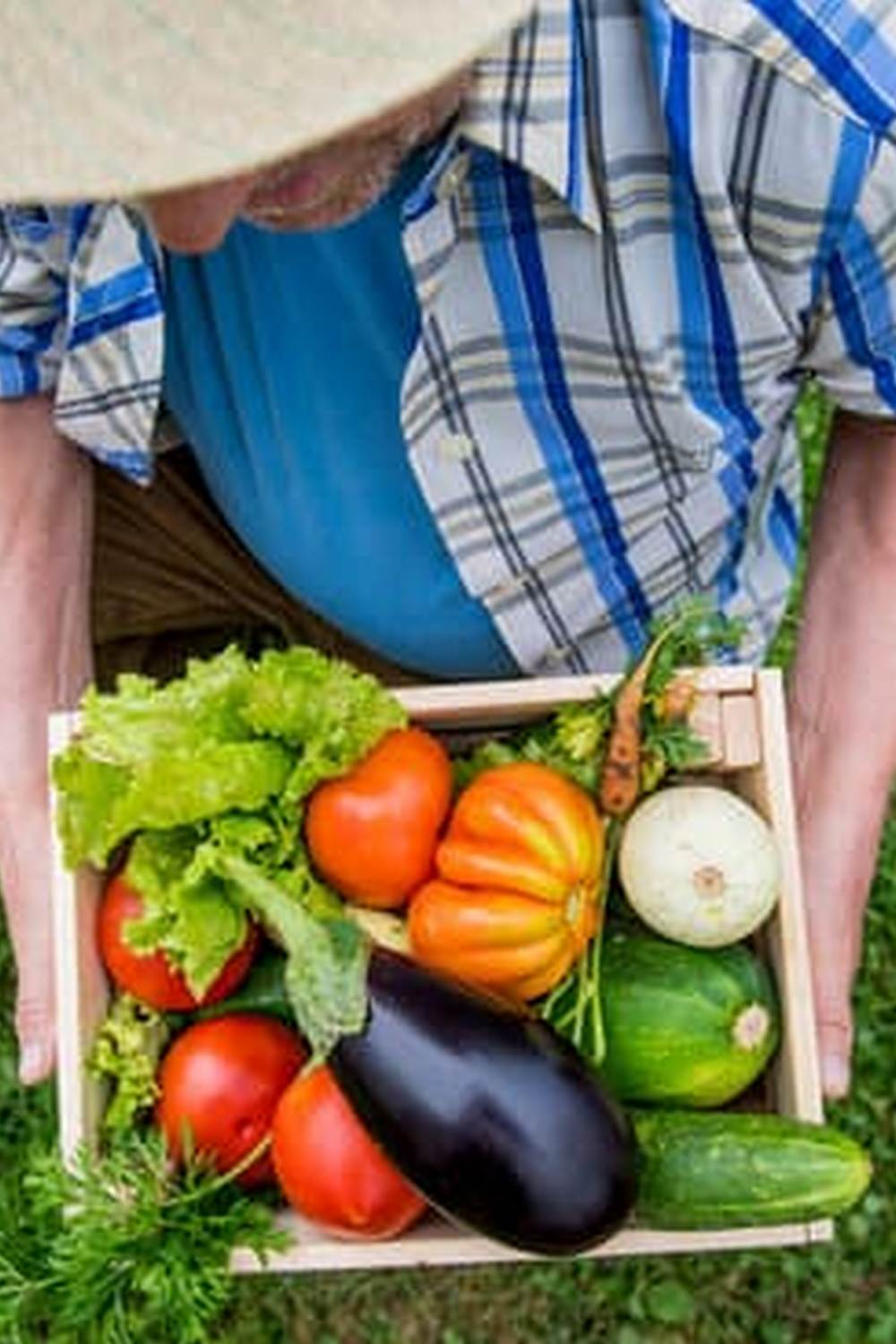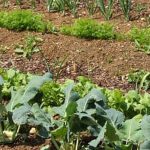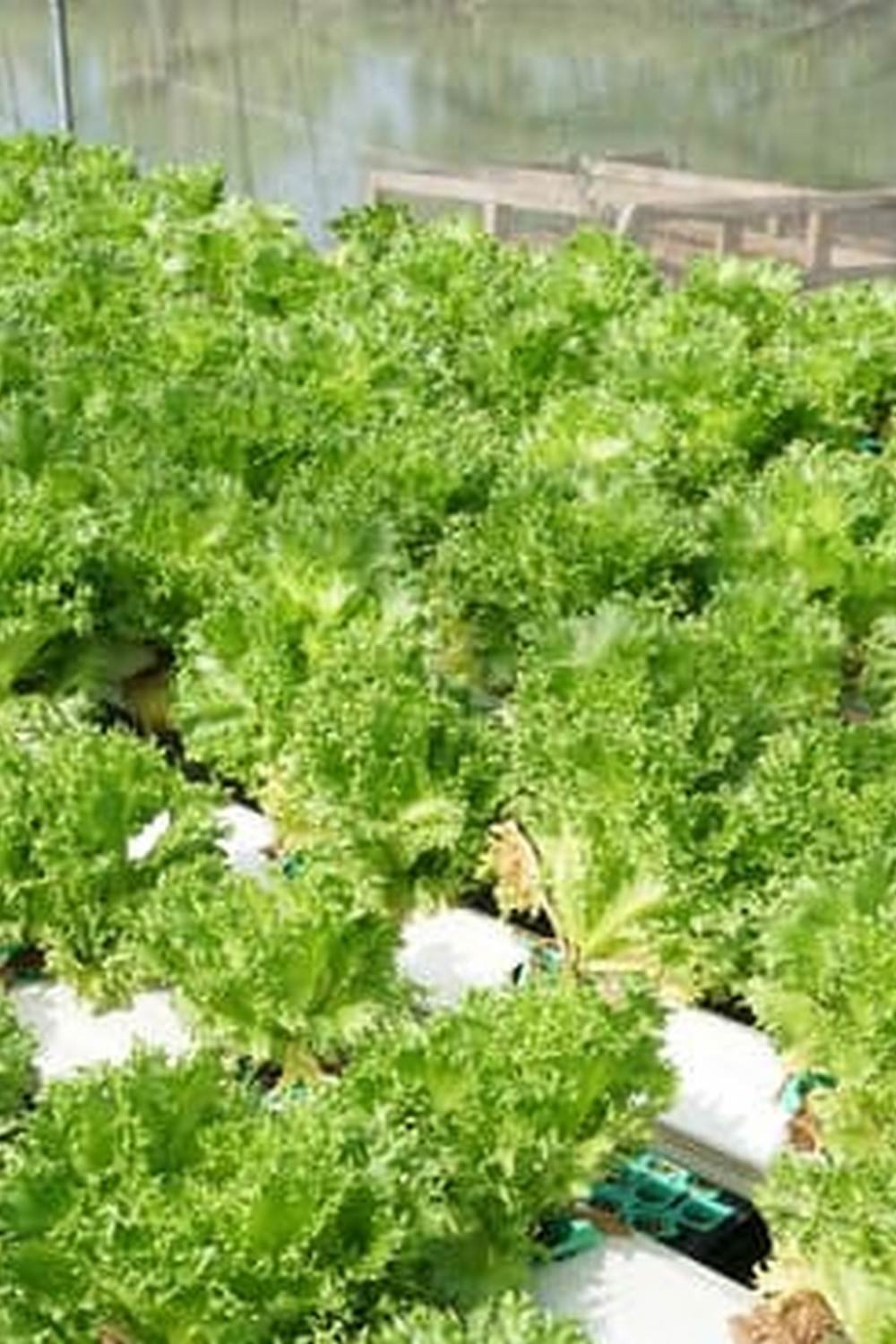Are you a gardening enthusiast in Zone 7 looking to make the most of the fall season? Fall vegetable gardening in zone 7 offers a unique opportunity to extend your growing season and harvest an abundance of fresh produce. With the right knowledge and preparation, you can enjoy a successful and rewarding experience.
In this article, we will explore the climate and growing season in Zone 7, discuss the best vegetables to plant during the fall, offer tips for soil preparation, watering, and maintenance, provide advice for dealing with pests and diseases specific to the region, and share techniques for extending the fall harvest. Additionally, we will feature success stories and expert advice from local gardeners who have mastered fall vegetable gardening in Zone 7.
Zone 7 is characterized by its specific climate and growing season, which provides unique opportunities and challenges for fall vegetable gardening. Understanding these factors is essential for planning and maintaining a successful garden.
By planting the right vegetables at the right time and implementing proper care techniques, you can maximize your yield during the cooler months. In this section, we will delve into the details of Zone 7’s climate and growing season, providing insights that are crucial for any aspiring or experienced gardener in this region.
As you prepare to embark on your fall vegetable gardening journey in Zone 7, it’s important to be aware of the best vegetables to plant during this season. Some crops thrive in cooler temperatures, making them ideal choices for your autumn garden. Whether you’re interested in leafy greens, root vegetables, or cruciferous plants, there are plenty of options to consider.
By selecting the right vegetables based on your preferences and local conditions, you can set yourself up for a productive and bountiful harvest. In this article, we’ll highlight some of the top choices for fall planting in Zone 7 as well as tips for ensuring their success.
Understanding the Climate and Growing Season in Zone 7
Zone 7 is known for its relatively mild winters and moderate temperatures, making it an ideal region for fall vegetable gardening. The extended growing season in this zone provides ample opportunity to cultivate a variety of vegetables well into the autumn months. Understanding the unique climate and growing season in Zone 7 is key to successfully planning and maintaining a fall garden.
In Zone 7, the average first frost date typically falls between mid-October and early November, depending on the specific location within the zone. This means that gardeners have several months of favorable growing conditions before winter sets in. The last frost date in spring also tends to be later than other regions, providing an extended period for planting and harvesting fall crops.
With the right techniques and knowledge of the climate in Zone 7, gardeners can make the most of the longer growing season by choosing vegetables that thrive in cooler temperatures. Some popular options for fall vegetable gardening in Zone 7 include leafy greens like kale, lettuce, and spinach, as well as root vegetables such as carrots, beets, and radishes.
Additionally, crops like broccoli, cauliflower, and Brussels sprouts can be sown in late summer for a bountiful fall harvest. Understanding the specific growing conditions and timing for these vegetables is essential for success in Zone 7’s fall vegetable gardening.
Best Vegetables to Plant in Zone 7 During the Fall Season
When it comes to fall vegetable gardening in Zone 7, there are plenty of options for what to plant during the cooler months. Here are some of the best vegetables to consider for your fall garden:
- Broccoli: Broccoli is a cold-hardy vegetable that thrives in the cooler temperatures of fall. It can be planted in late summer and will continue to produce well into the fall months.
- Carrots: Carrots are another great option for fall planting in Zone Sow carrot seeds directly into the ground in late summer for a tasty harvest later in the season.
- Spinach: Spinach is a fast-growing leafy green that is well-suited for fall planting. It can tolerate light frosts, making it an excellent choice for Zone 7 gardens.
- Lettuce: Lettuce varieties like Romaine, Bibb, and Arugula can be planted in the early fall for a continuous harvest of fresh salad greens throughout the season.
In addition to these vegetables, other great options for fall planting in Zone 7 include kale, radishes, turnips, and Swiss chard. These cool-season crops can thrive in the moderate temperatures and shorter days of autumn, providing an abundant harvest for your fall vegetable garden.
It’s important to keep in mind that specific planting times may vary depending on local climate conditions and frost dates. Consulting with local nurseries or agricultural extension offices can provide valuable insight into the best timing for planting each type of vegetable in your particular area for successful fall gardening. By choosing the right vegetables and planting them at the appropriate times, you can enjoy a bountiful harvest from your Zone 7 garden well into the fall months.
Tips for Preparing and Amending Soil for Fall Vegetable Gardening
When it comes to fall vegetable gardening in zone 7, one of the most important considerations is the soil. Properly preparing and amending the soil can make a significant difference in the success of your fall garden. Here are some tips to help you get your soil ready for planting.
Soil Testing and Analysis
Before you start amending your soil, it’s important to know what you’re working with. A soil test can provide valuable information about the pH levels, nutrient content, and composition of your soil. This will allow you to make informed decisions about what amendments are needed to create the optimal growing conditions for your fall vegetables.
Amending the Soil
Once you have the results of your soil test, you can start adding amendments to improve its quality. In zone 7, where clay or sandy soils are common, adding organic matter such as compost can help improve drainage and fertility. Incorporating well-aged manure or other organic materials can also provide essential nutrients for plant growth during the fall season.
Cover Cropping
Another technique for preparing and improving soil for fall vegetable gardening in zone 7 is cover cropping. Planting cover crops like winter rye or clover in late summer can protect the soil from erosion, suppress weeds, and add organic matter when tilled into the soil before planting fall vegetables. Not only does this practice enrich the soil but also helps maintain its health over time.
By following these tips for preparing and amending your soil, you’ll be setting up your fall vegetable garden in zone 7 for success. Remember that healthy, fertile soil is essential for producing bountiful harvests of delicious and nutritious vegetables during the cooler months of autumn.
Importance of Proper Watering and Maintenance in Zone 7
Proper watering and maintenance are crucial aspects of fall vegetable gardening in Zone 7. The climate in this zone can vary, but generally, the fall season brings cooler temperatures and more frequent rainfall, which can impact the watering needs of your vegetable garden. It’s important to monitor the moisture levels in the soil and adjust your watering schedule accordingly.
When it comes to maintenance, regular care and attention to your vegetable garden can make a big difference in the success of your fall crops. This includes tasks such as weeding, pruning, and monitoring for any signs of pests or diseases. By staying on top of these maintenance tasks, you can help ensure that your fall vegetables are healthy and productive throughout the season.
In addition to proper watering and maintenance, it’s also essential to pay attention to the specific needs of each type of vegetable you’re growing in Zone 7 during the fall. Some vegetables may require more or less water than others, so it’s important to familiarize yourself with the individual requirements of each plant in order to provide them with the best possible growing conditions.
| Vegetable | Watering Needs |
|---|---|
| Lettuce | Regular, consistent watering |
| Broccoli | Moderate watering |
| Carrots | Regular deep watering |
Dealing With Pests and Diseases Specific to Zone 7
Common Pests in Zone 7
In Zone 7, fall vegetable gardening can be affected by various pests such as aphids, cabbage worms, and squash bugs. These common pests can quickly multiply and wreak havoc on your vegetable garden if left uncontrolled. It is important to regularly inspect your plants for any signs of pest infestation and take appropriate measures to prevent them from causing significant damage.
Diseases to Watch Out For
One of the most prevalent diseases that affect fall vegetables in Zone 7 is powdery mildew. This fungal disease thrives in the cool, humid conditions typically present during the fall season. Additionally, bacterial wilt and root rot are also common diseases that can impact the health and yield of your fall vegetable garden. It is crucial to be proactive in preventing these diseases by practicing good sanitation, providing adequate air circulation, and choosing disease-resistant varieties whenever possible.
Natural Pest and Disease Control Methods
To combat pests and diseases specific to Zone 7, many local gardeners have found success using natural pest control methods such as introducing beneficial insects like ladybugs and lacewings to prey on harmful pests. Additionally, employing organic sprays made from ingredients like neem oil or garlic can help deter pests while minimizing harm to beneficial insects.
As for preventing diseases, maintaining proper spacing between plants, ensuring good drainage, and avoiding overwatering are key practices for promoting plant health in a fall vegetable garden.
By being vigilant in monitoring for pests and diseases while implementing preventive measures, you can effectively protect your fall vegetable garden in Zone 7 from potential harm and ensure a bountiful harvest.
Extending the Fall Harvest
As the fall season approaches in Zone 7, many gardeners may be wondering how to extend their harvest and maximize their vegetable yields. Fortunately, there are several techniques that can help prolong the growing season and allow you to continue enjoying fresh produce well into the fall months.
One effective technique for extending the fall harvest in Zone 7 is to utilize row covers or cold frames. Row covers are lightweight, breathable fabrics that can be placed over garden beds to protect plants from cool temperatures and frost.
Cold frames, on the other hand, are bottomless boxes with a clear lid that can be used to create a mini greenhouse environment for tender plants. Both of these options can help provide a few extra weeks of protection for your crops as the temperatures begin to drop.
Another way to extend the fall harvest is by using mulch to insulate the soil and regulate temperatures. A layer of organic mulch such as straw or shredded leaves can help keep the soil warm during cool nights and also retain moisture, which is essential for many vegetables. Additionally, mulch can help suppress weed growth, which can compete with your crops for nutrients and water.
Lastly, consider utilizing season extension devices such as hoop houses or high tunnels in your fall vegetable gardening efforts. These structures provide additional protection from frost and cold temperatures while still allowing sunlight to reach your plants. They are particularly effective at extending the growing season for heat-loving vegetables like tomatoes and peppers, allowing you to enjoy a longer harvest period.
- Utilize row covers or cold frames
- Use mulch to insulate the soil
- Consider employing hoop houses or high tunnels
By implementing these techniques, you can prolong your fall vegetable harvest in Zone 7 and continue reaping the rewards of your gardening efforts well into the autumn months.
Fall Vegetable Gardening in Zone 7
In conclusion, fall vegetable gardening in Zone 7 offers a unique set of challenges and rewards. The climate and growing season in this zone may be shorter than in other areas, but with proper planning and care, it is possible to enjoy a bountiful harvest well into the fall months.
By understanding the specific needs of plants that thrive in this region and taking steps to prepare the soil, provide adequate water, and ward off pests and diseases, gardeners can create a successful fall garden.
Local gardeners in Zone 7 have shared their success stories and expert advice on how to make the most of the fall growing season. From planting cold-hardy vegetables like kale and Brussels sprouts to using techniques such as row covers and hoop houses to extend the harvest, these experienced individuals have valuable insights to offer.
Their tips on amending soil, choosing appropriate varieties, and battling common pests and diseases can help newcomers navigate the unique challenges of fall vegetable gardening in Zone 7.
As more gardeners share their experiences and expertise, the knowledge base for fall vegetable gardening in Zone 7 continues to expand. By learning from those who have successfully cultivated thriving fall gardens in this region, newcomers can gain confidence and improve their own chances of success. With careful planning and attention to detail, it is possible to enjoy a productive fall vegetable garden in Zone 7.
Frequently Asked Questions
When Should I Start My Fall Vegetable Garden?
You should start your fall vegetable garden in late summer, typically around mid to late August. This timing will allow your vegetables to mature and be ready for harvest before the first frost of the season.
What Vegetables Are Good to Plant in the Fall?
There are several vegetables that are good to plant in the fall. These include leafy greens like lettuce, kale, and spinach, as well as root vegetables such as carrots, beets, and turnips. Additionally, certain herbs like cilantro and parsley also thrive in the cooler temperatures of fall.
Can I Plant Peas in September in Zone 7?
Yes, you can plant peas in September in Zone 7. Peas actually do well when planted in the fall because they can tolerate cooler temperatures. Just make sure to plant them early enough so that they have time to establish themselves before winter sets in.

If you’re looking to get into vegetable gardening, or are just looking for some tips on how to make your current garden better, then you’ve come to the right place! My name is Ethel and I have been gardening for years. In this blog, I’m going to share with you some of my best tips on how to create a successful vegetable garden.





